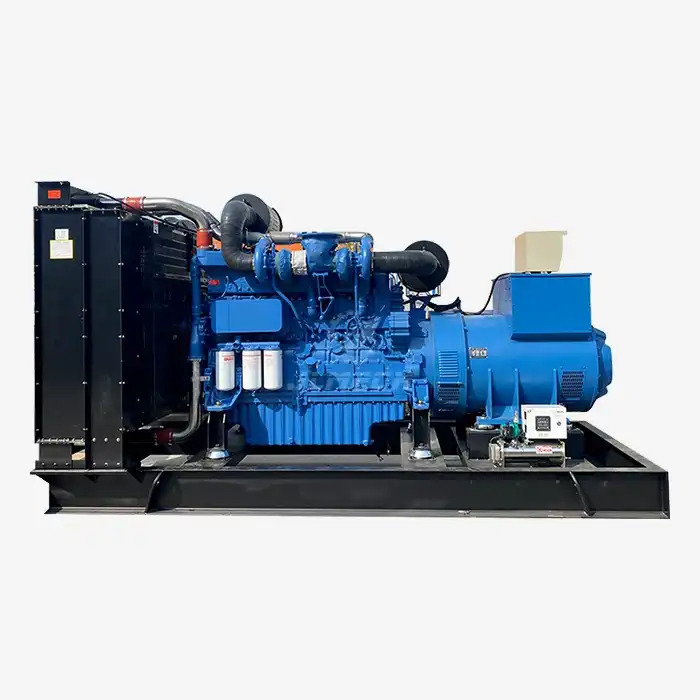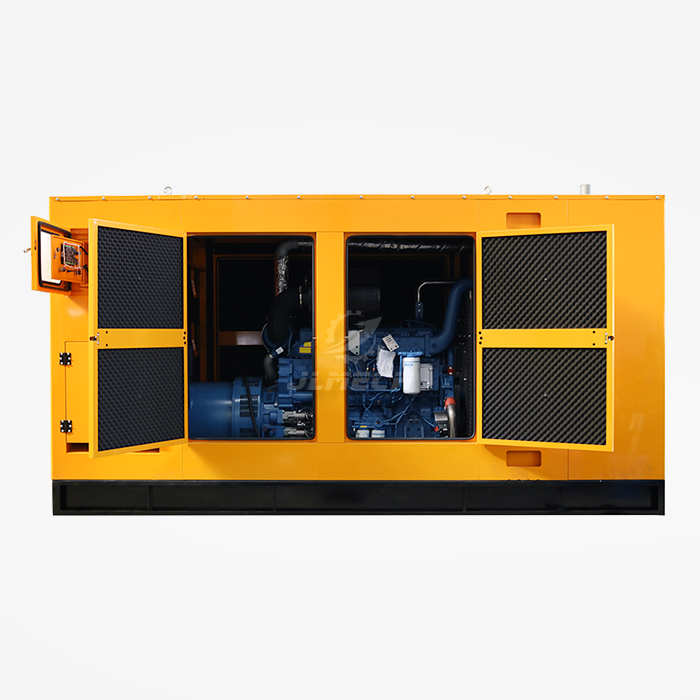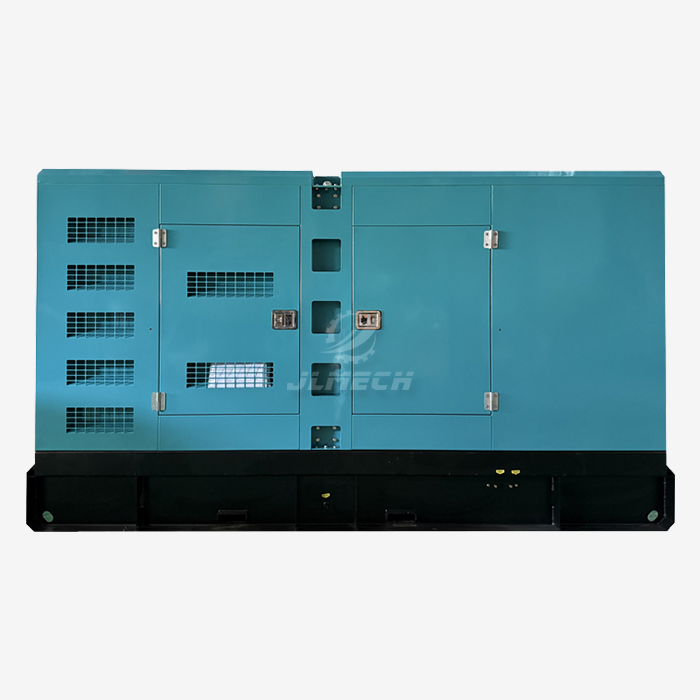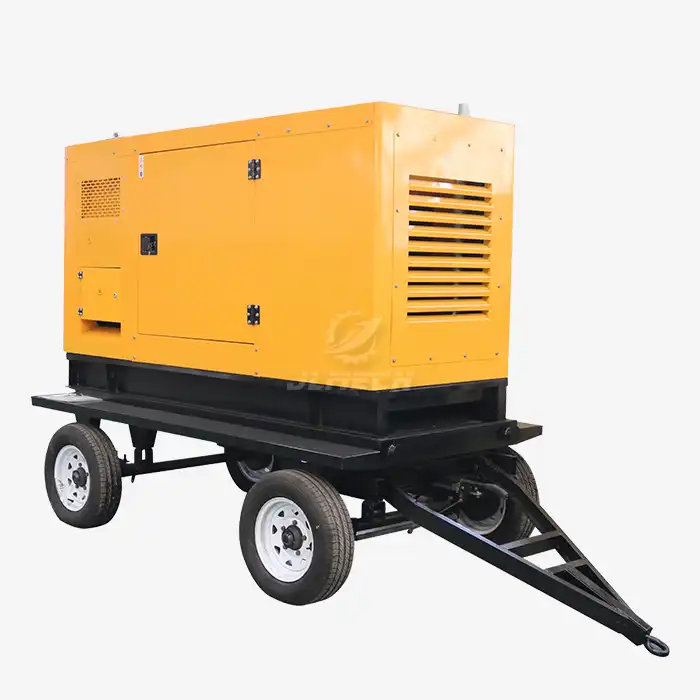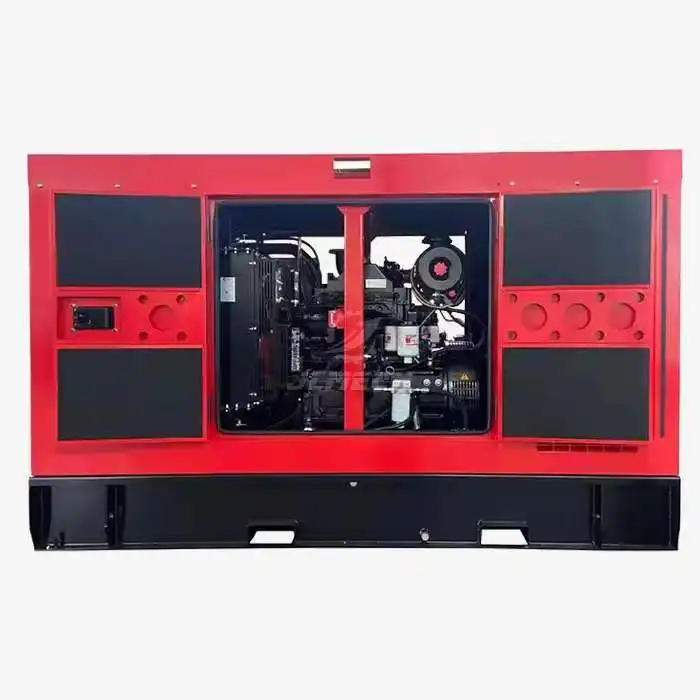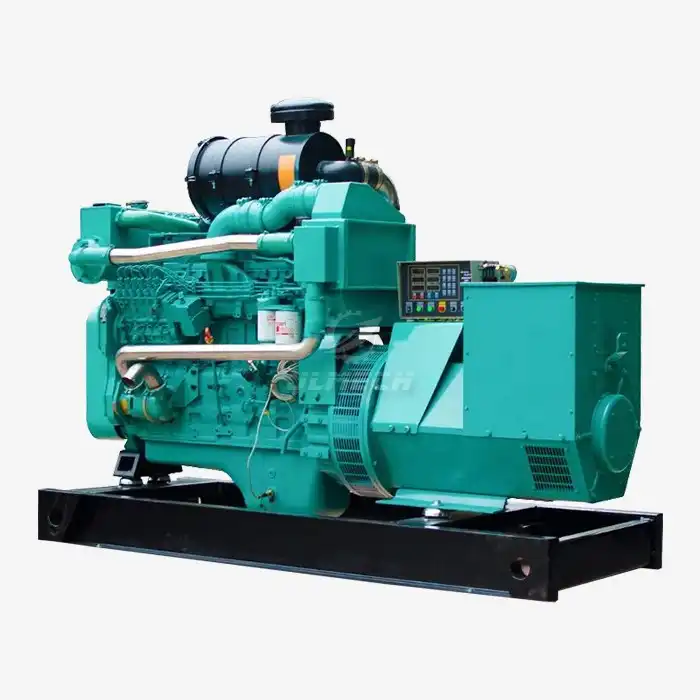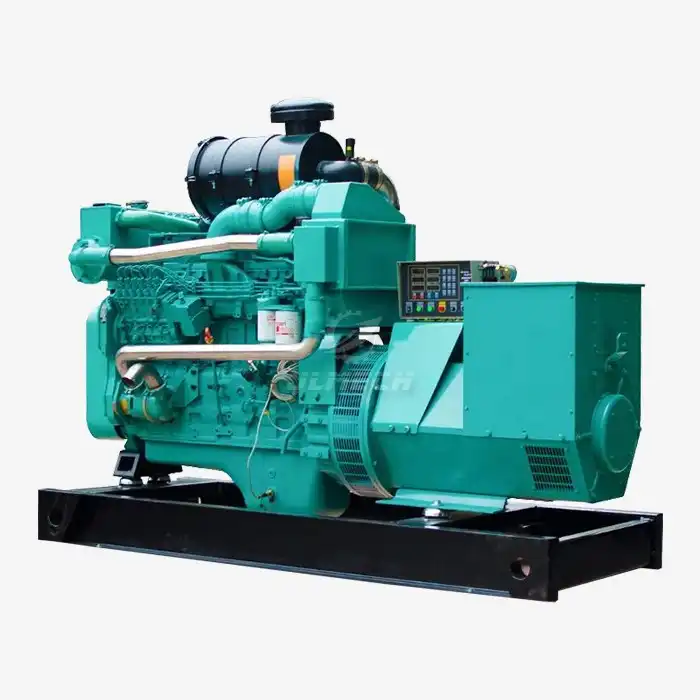How many volts does a 3-phase generator produce?
The voltage output of a 3-phase generator varies significantly based on application requirements and regional standards. Common configurations include 120/208V, 277/480V, and 347/600V for North American applications, while 230/400V and 400/690V are standard in many other regions. Understanding the correct 3 phase generator voltage output is crucial for equipment compatibility, system safety, and operational efficiency. This guide explains the key considerations behind voltage selection and helps you determine the appropriate specification for your specific needs.
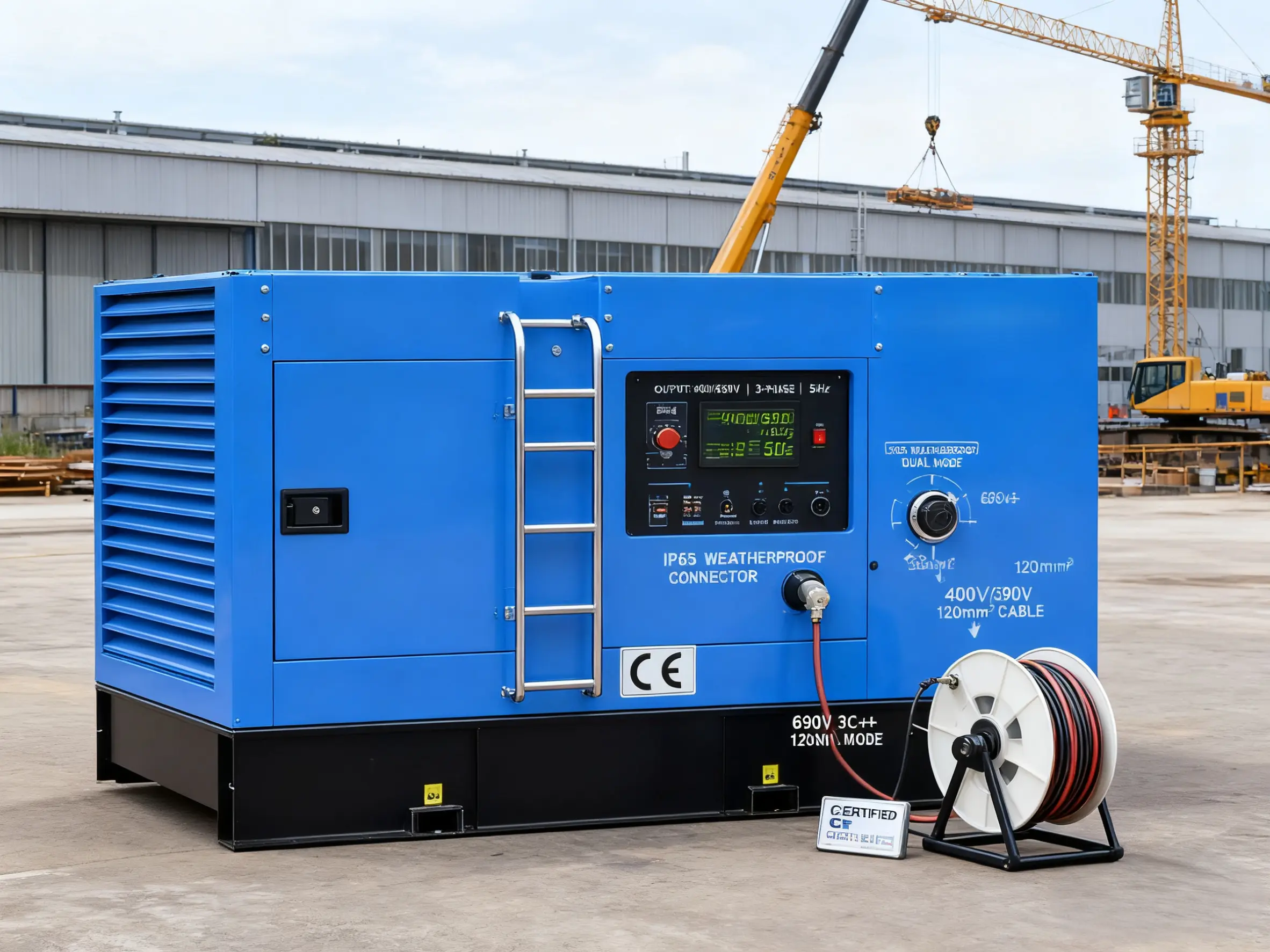
Common Three-Phase Voltage Configurations
Standard three-phase generator outputs fall into several well-established categories:
Low Voltage Applications (Below 600V):
120/208V: Common for commercial buildings and light industrial applications
277/480V: Standard for industrial facilities and large commercial properties
230/400V: International standard used across Europe and many other regions
240/415V: Alternative configuration found in some Commonwealth countries
Medium Voltage Systems (Above 600V):
2400V: Used for large industrial complexes and power distribution
3300V: Common in mining operations and heavy industry
4160V: Standard for large manufacturing facilities and campus-style distributions
The specific 3 phase generator voltage output must match both the connected equipment requirements and the local electrical code specifications.
Fundamental Concepts of Three-Phase Voltage
Understanding these basic principles is essential for proper generator selection:
Line-to-Line vs. Line-to-Neutral Voltage:
Line-to-Line voltage measures between any two phases
Line-to-Neutral voltage measures between a phase and the neutral conductor
The relationship follows a fixed ratio: V_line-to-line = √3 × V_line-to-neutral
Phase Relationship:
Three-phase systems feature voltages 120 degrees out of phase
This phase separation creates continuous power delivery
Balanced loading ensures optimal generator performance
Frequency Considerations:
60Hz systems (North America, parts of Asia and South America)
50Hz systems (Europe, most of Asia, Africa, Australia)
Frequency affects generator design and voltage characteristics
Global Voltage Standards
Different regions have established specific voltage standards:
North American Standards:
120/208V: Standard for commercial and residential applications
277/480V: Predominant in industrial and large commercial settings
347/600V: Used in specific industrial applications and older installations
European and International Standards:
230/400V: Standardized across European Union countries
400/690V: Common in industrial applications requiring higher voltage
Tolerance ranges typically ±10% from nominal voltage
Asian and Regional Variations:
220/380V: Traditional standard in many Asian countries
240/415V: Found in UK-influenced electrical systems
Local regulations may specify unique requirements
Selecting the appropriate 3 phase generator voltage output requires understanding both the equipment requirements and local electrical codes governing your specific location.
Technical Considerations in Voltage Configuration
Several technical factors influence voltage selection and generator design:
Winding Configuration:
Star (Wye) connections provide neutral point access
Delta connections offer inherent fault tolerance
Selection depends on neutral conductor requirements
Voltage Regulation:
Automatic Voltage Regulators maintain stable output
Regulation typically within ±1% to ±2.5% of set voltage
Transient response capabilities affect connected equipment
Load Characteristics:
Motor starting requirements influence voltage dip considerations
Non-linear loads may require special generator design features
Power factor considerations affect actual voltage delivery
Voltage Regulation and Control
Modern generators employ sophisticated control systems:
Automatic Voltage Regulation:
Electronic AVR systems maintain precise voltage output
Compensation for load changes and temperature variations
Adjustable settings for specific application requirements
Voltage Adjustment Capabilities:
Typical adjustment range of ±5% to ±10% from nominal voltage
Field strength control through excitation current manipulation
Remote voltage adjustment options for system optimization
Protection Systems:
Overvoltage and undervoltage shutdown capabilities
Voltage imbalance protection for equipment safety
Monitoring systems for continuous voltage quality assessment
Frequently Asked Questions
What happens if I choose the wrong voltage?
Incompatible voltage can damage connected equipment, reduce efficiency, and create safety hazards. Always verify requirements before selection.
Can a generator be reconfigured for different voltages?
Many generators offer reconnection capabilities for different voltages, but this requires professional expertise and may affect power output.
How does voltage affect generator sizing?
Higher voltage systems typically deliver the same power at lower current, potentially allowing smaller conductors but requiring different protection devices.
What voltage standards apply to my location?
Consult local electrical codes and utility requirements, as regulations vary significantly between regions and applications.
How stable is generator voltage under changing loads?
Modern generators with electronic regulation typically maintain voltage within ±2.5% from no-load to full-load conditions.
Conclusion
Selecting the correct 3 phase generator voltage output requires careful consideration of application needs, regional standards, and technical requirements. Understanding the relationship between system voltage, generator design, and load characteristics ensures optimal performance and equipment protection.
Our technical team can help you select the appropriate generator configuration for your specific voltage requirements. Contact us at skala@whjlmech.com for personalized assistance with your power system design.
References
Institute of Electrical and Electronics Engineers. (2021). IEEE Standard 141: Recommended Practice for Electric Power Distribution for Industrial Plants. New York: IEEE.
International Electrotechnical Commission. (2022). IEC 60034: Rotating Electrical Machines. Geneva: IEC.
National Fire Protection Association. (2023). NFPA 70: National Electrical Code. Quincy: NFPA.
Energy Institute. (2023). International Power Generation Standards and Specifications. London: EI.



